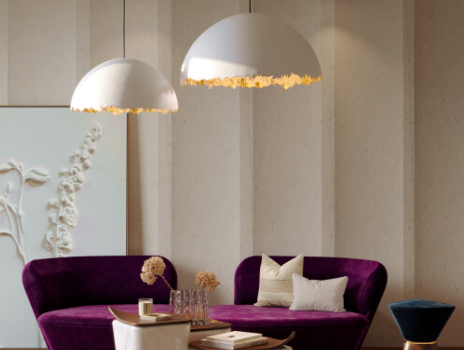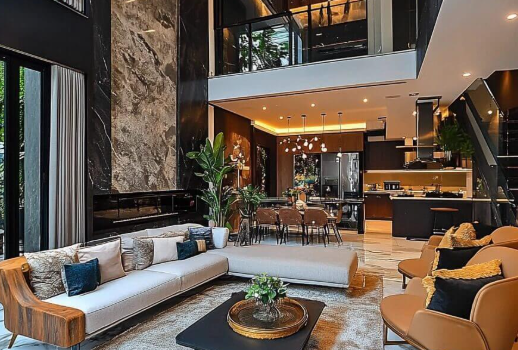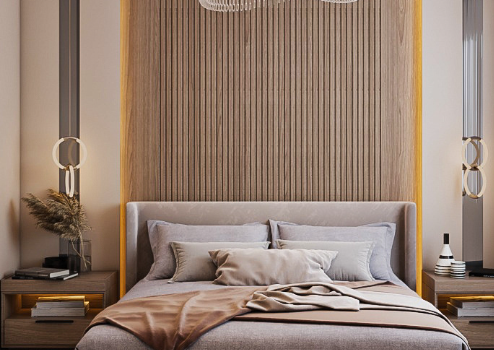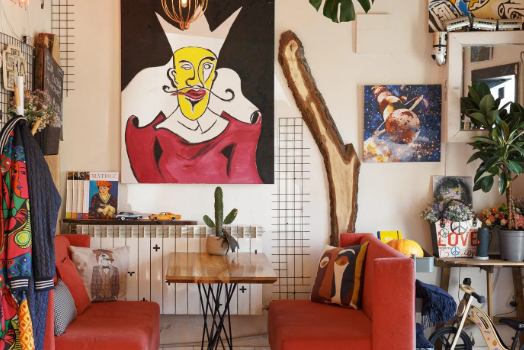
As we age, concerns about cognitive decline, including dementia and Alzheimer’s disease, become more pressing. Fortunately, recent research highlights the important role diet plays in maintaining brain health and potentially preventing cognitive issues. In this post, we’ll delve into two diets that show promise in reducing the risk of dementia and share some of the best brain-boosting foods you can incorporate into your daily routine.
Mediterranean Diet: A Heart-Healthy Approach to Brain Health
The Mediterranean diet is widely recognized for its cardiovascular benefits, but it also plays a vital role in preserving cognitive function. Here’s how this diet can support your brain health:
- Healthy Fats: The Mediterranean diet is rich in healthy fats, particularly monounsaturated fats from olive oil and omega-3 fatty acids from fish like salmon and mackerel. These fats help support brain function and reduce inflammation, which is essential for cognitive health.
- Fruits and Vegetables: A wide variety of colorful fruits and vegetables are key components of this diet. These foods are packed with antioxidants that protect brain cells from oxidative stress and free radical damage.
- Whole Grains: Whole grains such as quinoa, brown rice, and whole wheat bread provide steady energy for the brain and are a source of fiber and important nutrients.
- Lean Proteins: Protein sources like poultry, legumes, and beans are important for overall health and cognitive function, helping to maintain muscle and support brain activity.
- Moderate Red Wine: Some studies suggest that moderate consumption of red wine, known for its antioxidants, may offer additional protection for brain health, though this should be consumed in moderation.
DASH Diet: A Heart-Healthy Diet for Your Brain
Originally designed to help lower blood pressure, the DASH (Dietary Approaches to Stop Hypertension) diet is another powerful choice for supporting brain health. Its nutrient-packed profile offers several benefits for cognitive function:
- Low Sodium Intake: Reducing sodium intake is a key principle of the DASH diet, which helps maintain healthy blood pressure levels and reduces the risk of vascular dementia caused by poor circulation to the brain.
- High in Potassium: Foods like bananas, spinach, and potatoes are rich in potassium, which supports brain cell function and proper communication between neurons.
- Fruits and Vegetables: Just like the Mediterranean diet, the DASH diet emphasizes a high intake of fruits and vegetables, which provide essential vitamins and antioxidants to protect brain health.
- Whole Grains: Whole grains are a staple in the DASH diet, offering sustained energy for the brain and contributing to overall health.
- Lean Proteins: The DASH diet includes lean proteins like fish, poultry, and plant-based sources, which are essential for maintaining cognitive function and overall well-being.
Best Foods to Include for Optimal Brain Health
In addition to following these two brain-friendly diets, there are several foods you can incorporate into your diet to further boost cognitive health:
- Fatty Fish: Rich in omega-3 fatty acids, fish like salmon, mackerel, and sardines are essential for brain function and may help protect against cognitive decline.
- Berries: Blueberries, strawberries, and other berries are loaded with antioxidants that safeguard brain cells from damage and improve memory.
- Nuts and Seeds: Walnuts, almonds, flaxseeds, and chia seeds provide healthy fats and vital nutrients that support cognitive health.
- Leafy Greens: Spinach, kale, and other leafy greens are rich in vitamins and minerals, which help promote brain function and protect against cognitive deterioration.
- Olive Oil: Extra-virgin olive oil, a cornerstone of both the Mediterranean and DASH diets, is an excellent source of healthy fats that benefit brain health.
- Turmeric: This golden spice contains curcumin, known for its anti-inflammatory and antioxidant properties, which may help protect the brain from age-related decline.
Conclusion
Adopting a diet that incorporates the principles of the Mediterranean or DASH diets can significantly reduce the risk of dementia and promote long-term brain health. These diets focus on nourishing your brain with nutrient-rich foods like fruits, vegetables, whole grains, and healthy fats. By making small but impactful changes to your diet, you can support cognitive function and maintain mental sharpness well into your later years. Always consult with a healthcare provider or nutritionist to tailor these recommendations to your specific needs and health status.

















